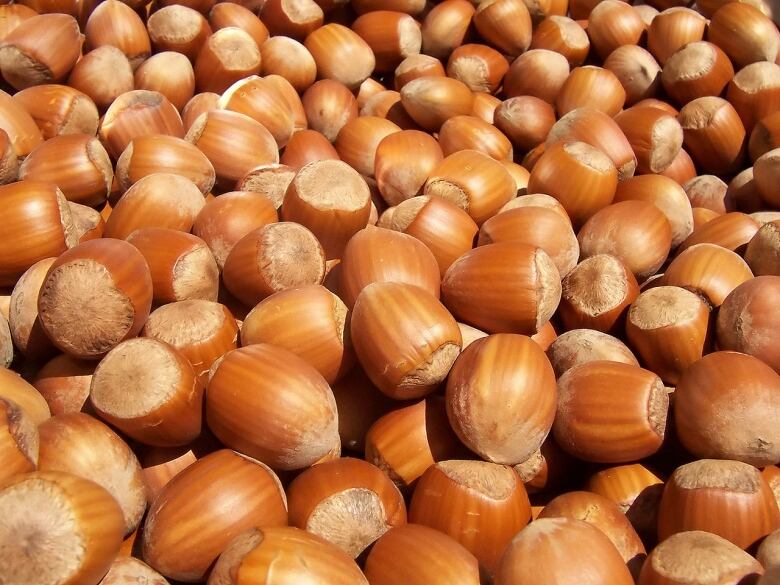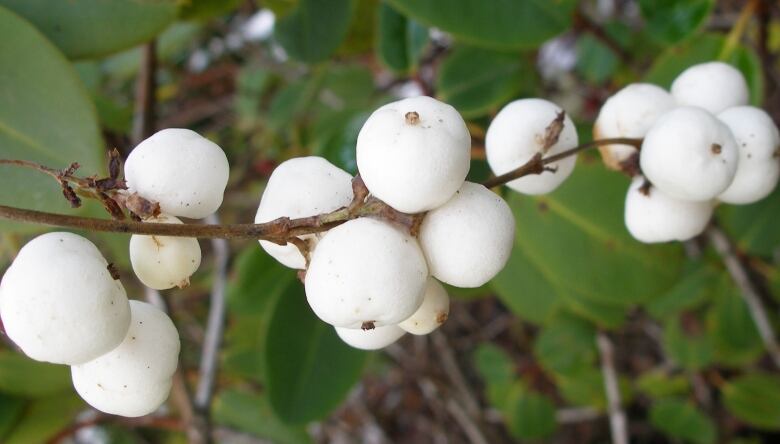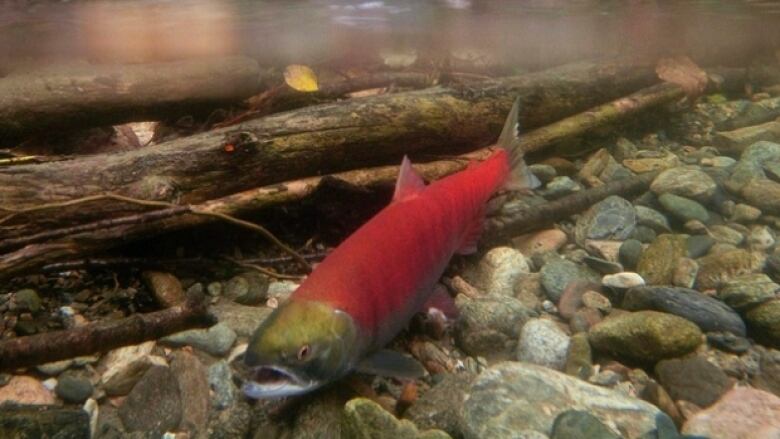Fall an important time for traditional First Nations foods, educator says
Bonnie Thomas shows Daybreak South some traditional foods Neskonlith people harvested in fall

The Neskonlith First Nation did not traditionally celebrate a "Thanksgiving"-type harvest event, but this time of year would have been very important for their food security.
That's what Bonnie Thomas, who is working to promoteand educate people about traditional Neskonlith foods, told Daybreak South's Leah Shaw.
"Every time any one of our people did anything that took from Mother Earth, it was only as much as they needed and there were always prayers," Thomas said.
"It was always being thankful every time you did something like that."
- Victoria food truck puts twist on traditional First Nations cuisine
- 6 indigenous cookbooks to warm you up
- Thanksgiving food inspired by dishes developed by First Nations
Thomas explained some of the food and medicine items Neskonlith people would have traditionally harvested in the Shuswap area at this time of year.
Wapato

Hazelnuts

Juniper bark

Snowberries

Salmon

With files from Leah Shaw andCBC Radio One's Daybreak South
To hear the full story, click the audio labelled:Fall an important time for traditional First Nations foods, educator says
Corrections
- A previous version of this story said that snowberries were harvested for food by the Neskonlith First Nation. They were actually harvested to make medicine and not consumed for food because they are slightly toxic.Oct 11, 2016 1:37 PM PT












_(720p).jpg)


 OFFICIAL HD MUSIC VIDEO.jpg)
.jpg)



























































































